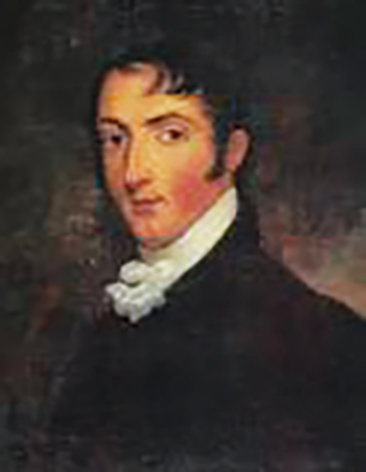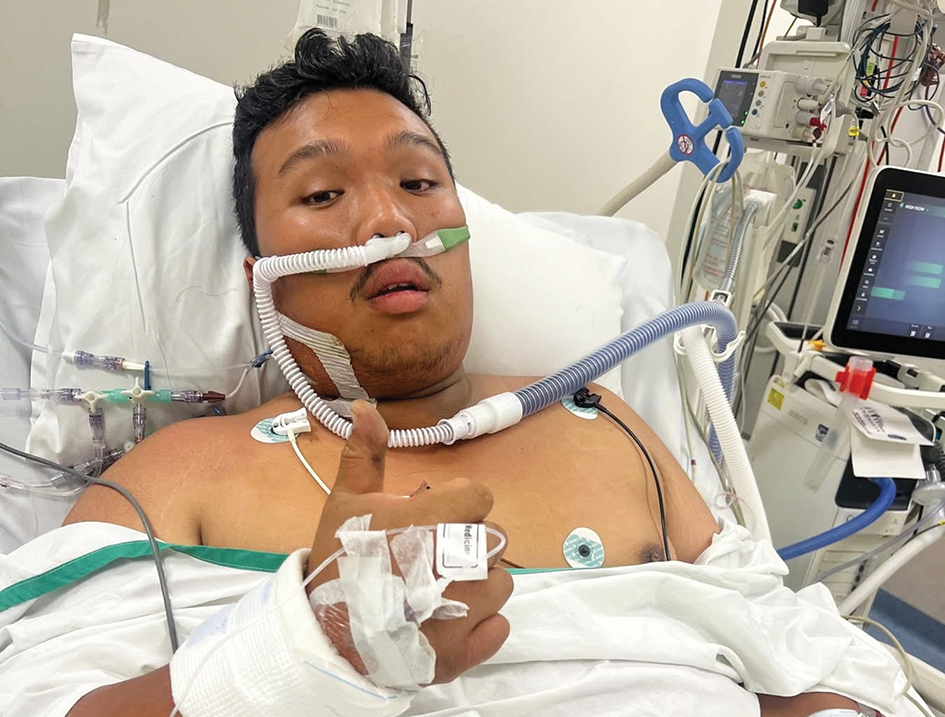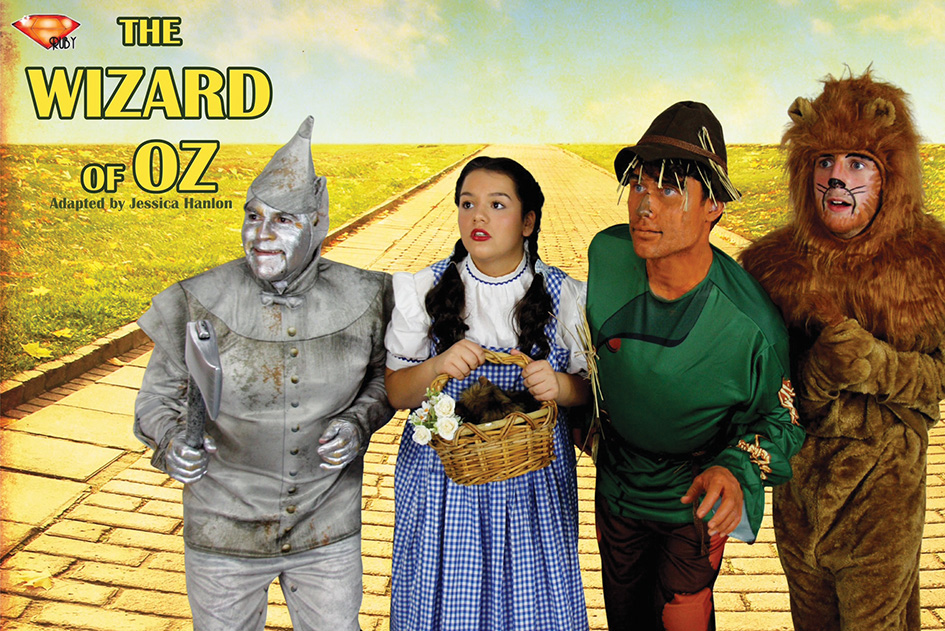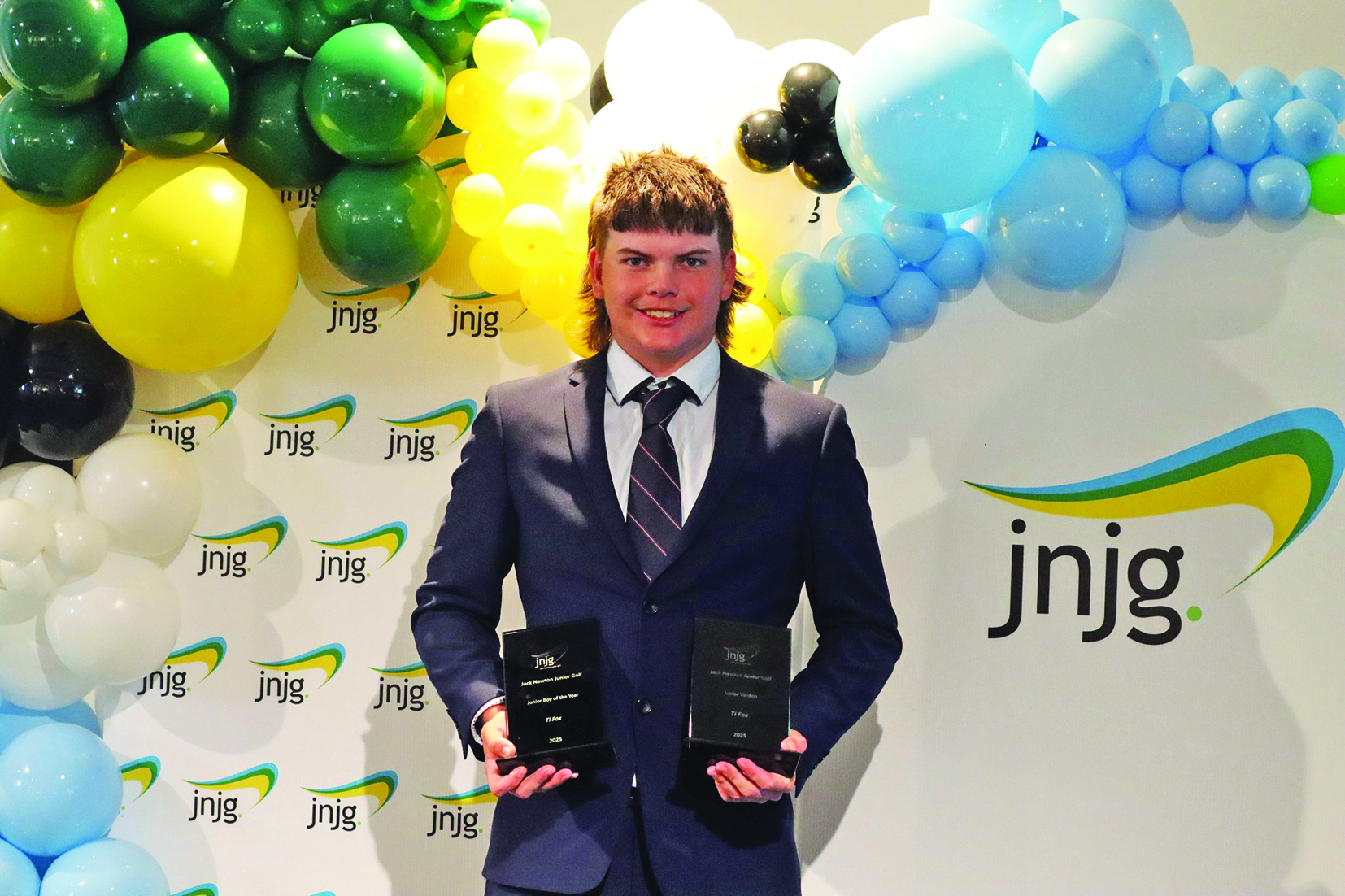By Lyn Forde – President/Research Officer of St Marys & District Historical Society Inc.
Phillip was a naval officer, hydrographer and company manager born in December 1791 at Norfolk Island. The son of Philip Gidley and Anna Josepha King (née Coombe). Phillip sailed for England in the “Britannia” with his parents in October 1796. When his father left England in November 1799 to become Governor of New South Wales, Phillip was placed under the tuition of Reverend Burford in Essex and in 1802 he was nominated to the Portsmouth Naval Academy. In 1806 his father had granted him 660 acres on the South Creek near Rooty Hill and Governor Macquarie had given him another 600 acres. He had 850 cattle, 40 horses, 1800 sheep, 100 pigs and some forty men employed on his property. By November 1807 he entered the navy in the “Diana”. He became a midshipman and served for six years in the North Sea, the Bay of Biscay and the Mediterranean where he was promoted Master’s Mate in 1810 and later Lieutenant in February 1814. Matthew Flinders a friend of the family interested him in surveying and introduced him to Captain Thomas Hurd a hydrographer to the Admiralty who gave him careful training. In 1817 the British Government decided that the restoration of peace made it most important with as little delay as possible to explore part of the coast of New Holland that had not been surveyed or examined by Captain Flinders and Lieutenant King was appointed to do this, but before he departed Phillip married Harriet the daughter of Christopher Lethbridge of Launceston in Cornwall. He arrived at Port Jackson in September 1817 on the “Dick” with instructions from the Colonial Office to Governor Lachlan Macquarie that he was to be provided with the most suitable vessel and a carefully chosen crew. The 84-ton cutter “Mermaid” was bought for £2,000 and the expedition sailed from Sydney in December with a complement of nineteen that included Allan Cunningham, John Septimus Roe and Bungaree an Aboriginal. By sailing King George Sound they reached the Northwest Cape where the survey began. Phillip had been instructed by the Admiralty to discover whether there was any river likely to lead to an interior navigation and the Colonial Office asked him to collect information about climate, topography, fauna, timber, minerals and the natives with the prospects of developing trade with them. In February 1818 in the Pilbara region of Western Australia he named two islands near the Burrup Peninsula as a result of the friendly meetings the explorers and Bungaree had enjoyed with the resident Yaburara people. From February until June 1818 the expedition surveyed the coast as far as Van Diemen’s Gulf and had many meetings with Aboriginal and Malay people and in June the “Mermaid” visited Timor and then returned to Sydney by the way they had come, arriving in July. In December and January Phillip surveyed the recently discovered Macquarie Harbour in Van Diemen’s Land and sailed in May 1819 for the Torres Strait. He went on to survey the coast between Cape Wessel and Admiralty Gulf. He returned to Sydney in January 1820 where in Sydney Cove the “Mermaid” was careened (careening is a method of gaining access to the hull of a sailing vessel without the use of a dry dock). They re-coppered and caulked and then immersed it for several days to destroy the cockroaches that infested the ship, but both cockroaches and rats soon reappeared. Only two of the former crew volunteered to sail again and a new crew was formed, this time including a surgeon. The “Mermaid” sailed north in June 1820 and at Bowen they ran aground and suffered a lot of damage. Surveys were made between Admiralty Gulf and Brunswick Sound on the north-west coast, but in September the ship began to leak badly and it was careened and ten days were spent repairing it. Phillip then left the coast and sailed to Port Jackson and after a narrow escape from being wrecked off Botany Bay he arrived on 9 December. Phillip made his fourth and final survey in northern Australia in the “Bathurst” that carried a complement of thirty-three and in place of Bungaree Phillip took Bundell another Aboriginal,. The “Bathurst” sailed from Sydney in May 1821 by way of Torres Strait to the north-west coast. After a visit to Mauritius for rest and refreshment the “Bathurst” resumed the survey of the west coast. Phillip arrived back in Sydney in April 1822 and by July he sought permission to buy additional land at Rooty Hill but Governor Sir Thomas Brisbane offered him instead a grant of 3000 acres. On those four voyages he made significant contributions to Australian exploration by establishing the insularity of several islands, by investigating the inner geography of many gulfs and by giving the first report of Port Darwin. When he reached Sydney he was ordered to return to England with his ship. In April 1823 he reached England in poor health and thought of retiring to his Australian estates. In 1824 Phillip became a shareholder in the newly established Australian Agricultural Company with a capital of £1,000,000 and a promise of 1,000,000 acres in NSW. He was appointed to the Australian Advisory Committee together with John Macarthur, his son James, his son-in-law Dr James Bowman and his nephew Hannibal who was Phillip’s brother-in-law. Phillip is now recognized as one of Britain’s leading hydrographers and in February 1824 he was made a fellow of the Royal Society. In London in 1826 he published his two-volume Narrative of a Survey of the Intertropical and Western Coasts of Australia, Performed Between the Years 1818-1822 and partly illustrated by his own sketches. In May 1826 he sailed in command of HMS “Adventure” along with HMS “Beagle” to chart the coasts of Peru, Chile and Patagonia. This arduous task lasted until 1830. There were narrow escapes from shipwreck and they were under great strain. When the expedition returned to England in October 1830, Phillip was promoted to Captain and was suffering from poor health and was seriously ill in November 1854. In 1855 he was promoted Rear Admiral on the retired list. On the evening of 26 February 1856 he dined on board the “Juno” as the guest of Captain S G Fremantle. He was put ashore and walked to his home in North Sydney where he collapsed at the gate in an apoplectic fit and died at the age of 75 years. He is buried at St Mary Magdalene cemetery, St Marys. His widow Harriet died at Ashfield in December 1874 at the age of 78 years and is buried with Phillip. Painting of Phillip Parker King courtesy of National Archives.
Sources: Australian National University Canberra, Australian Dictionary of Biography, Historical Records of Australia, State Library of New South Wales, Australian Royalty website.






